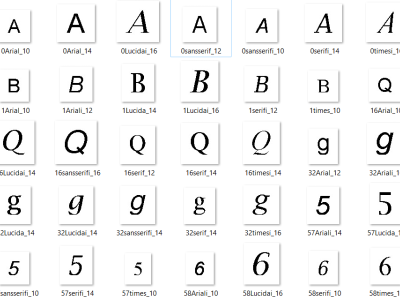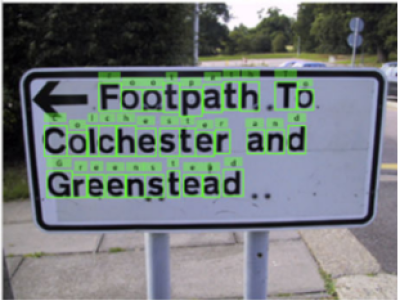CharImageDB: Character Image Dataset

- Citation Author(s):
-
Frank Lebourgeois (LIRIS, INSA-Lyon, France)
- Submitted by:
- Rim Walha
- Last updated:
- DOI:
- 10.21227/xdgk-ad26
- Data Format:
- Research Article Link:
 548 views
548 views
- Categories:
- Keywords:
Abstract
In contemporary digital environments, the development of a high-resolution synthetic Latin character dataset holds paramount significance across various real-world applications within the domains of computer vision and artificial intelligence. This relevance extends from tasks such as image restoration to the implementation of sophisticated recognition systems. Researchers and developers, in particular, necessitate access to a comprehensive dataset that is rich in diversity, enabling them to experiment with innovative approaches and algorithms to cope with character image processing. The critical role of such datasets becomes evident as they serve as essential resources for advancing the capabilities of algorithms and models, contributing significantly to the ongoing evolution of computer vision and artificial intelligence methodologies, thereby fostering innovation and efficiency in the broader spectrum of character-based data processing.
FreeType, as a pivotal library in this pursuit, has been instrumental in creating a versatile repository - CharImageDB dataset - of synthetic characters by systematically varying critical parameters such as font styles, sizes, and other typographic attributes. The proposed dataset provides a diverse set of digits and latin character images. Encompassing both upper and lower cases, the dataset meticulously incorporates variations in sizes, styles (including italic and non-italic), and fonts (such as serif and sans-serif) commonly encountered in diverse textual documents, signage, labels, invoices, and related contexts. This inclusivity ensures the dataset's relevance and applicability across a spectrum of real-world scenarios. The process of dataset creation involves the discretization of vector fonts, resulting in the generation of 2,480 high-resolution printed character images.
Instructions:
The name of each character image of the proposed dataset is composed of the following information: character class number, font name, style and size. Character class number values are from 0 to 61.








